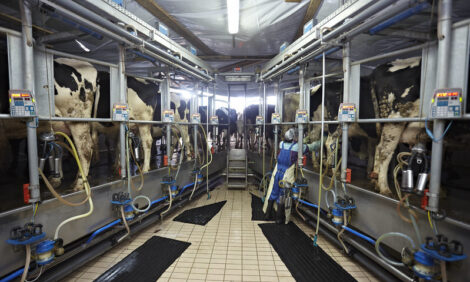



EU, US strike deal to cut tariffs and ease trade tensions
Agreement sets 15% ceiling on US tariffs for EU exportsThe European Union and United States have agreed to a new political deal on tariffs and trade, aimed at restoring stability and predictability in their economic relationship and strengthening transatlantic supply chains, according to a recent press release from the European Commission.
The agreement was reached during a meeting in Algiers on July 27 between European Commission President Ursula von der Leyen and US President Donald Trump. It marks the beginning of a broader process to deepen economic cooperation and improve market access.
Under the deal, the US will apply a single, all-inclusive tariff ceiling of 15% on nearly all EU goods starting Aug. 1. This includes sectors previously subject to significantly higher tariffs, such as cars and car parts, which currently face combined tariffs of up to 27.5%. If the US most favoured nation (MFN) tariff exceeds 15%, only the MFN rate will apply, with no additional duties.
Strategic EU exports — including aircraft and parts, select chemicals, and certain generics — will see US tariffs rolled back to pre-2025 levels. The two sides also agreed to continue negotiations to expand the list of products receiving special treatment.
To address global overcapacity, the EU and US will coordinate on tariff rate quotas for metals such as steel, aluminium and copper, replacing current 50% tariffs with reduced and more stable rates.
The EU will liberalize limited volumes of trade in areas of mutual interest, cutting roughly €5 billion in duties annually on US imports while maintaining protection for sensitive EU sectors. The EU will eliminate remaining low-level tariffs on industrial goods and improve market access for a number of US products, including Alaska pollock, salmon and shrimp, under tariff rate quotas.
Additionally, the EU will open access for up to €7.5 billion worth of US agricultural exports, such as soya bean oil, seeds, grains, and processed goods like ketchup and biscuits. These concessions are designed to ease input costs for EU producers without undermining agricultural protections.
The agreement also covers regulatory cooperation. The EU and US will work together on automotive standards and sanitary measures, while expanding mutual recognition of conformity assessments in certain sectors. They also committed to closer coordination on investment screening, export controls, and reducing non-market trade distortions.
On energy, the EU plans to procure up to $750 billion (about €700 billion) in US-sourced energy — including liquified natural gas, oil, and nuclear products — over the next three years to replace Russian supplies. The EU will also purchase €40 billion worth of US-manufactured AI chips to bolster its digital infrastructure.
In return, EU firms plan to invest at least $600 billion (about €550 billion) in US sectors by 2029, complementing the €2.4 trillion already invested in the US market.
The July 27 agreement is political in nature and not legally binding. Implementation of the deal will require further negotiations in line with internal procedures on both sides.
The European Commission said the agreement protects EU regulatory sovereignty and preserves sensitive areas of agriculture, including beef and poultry.



